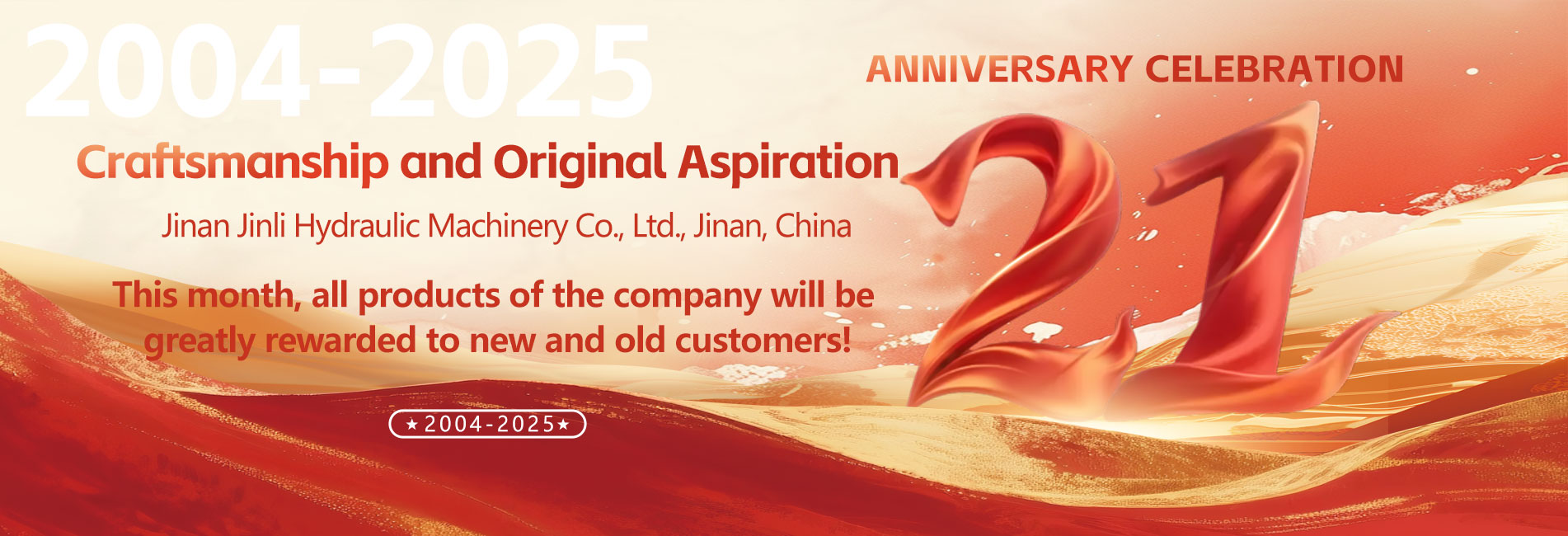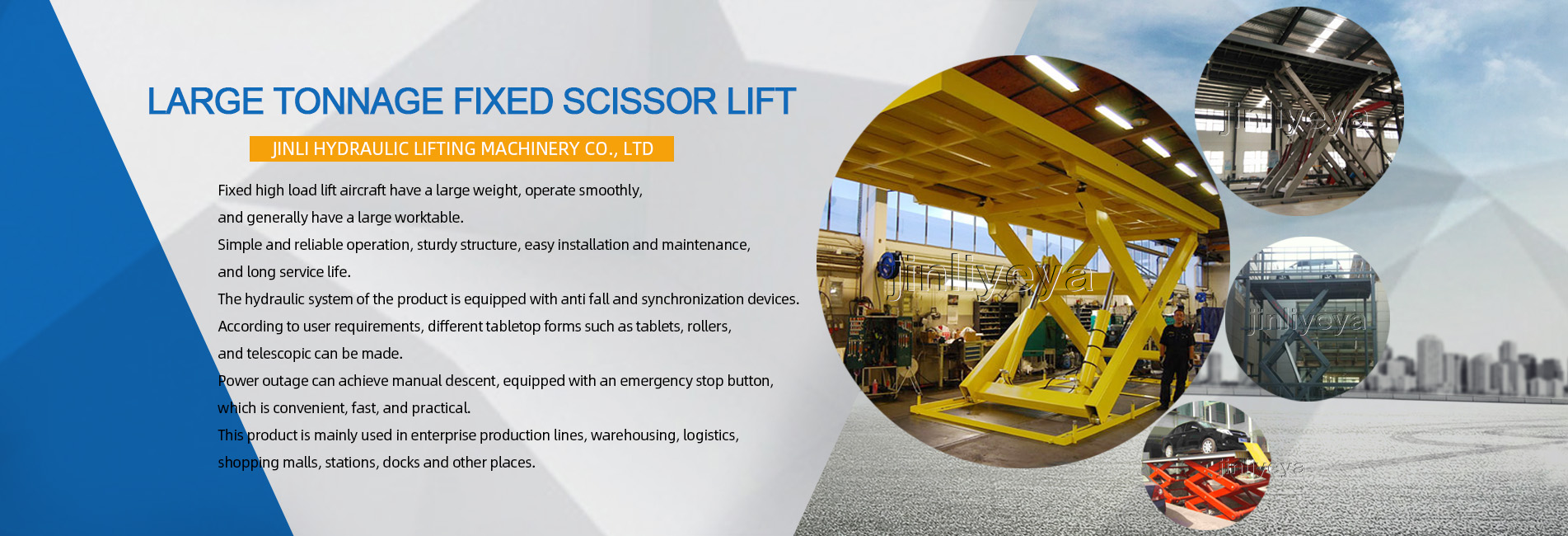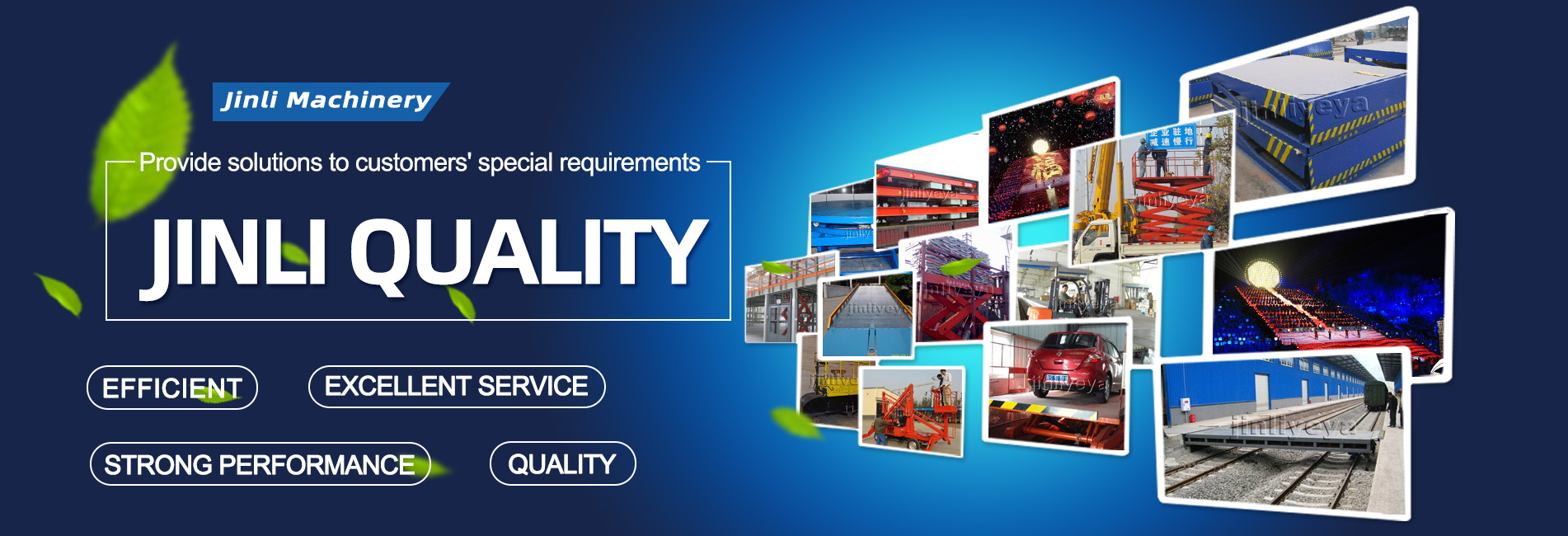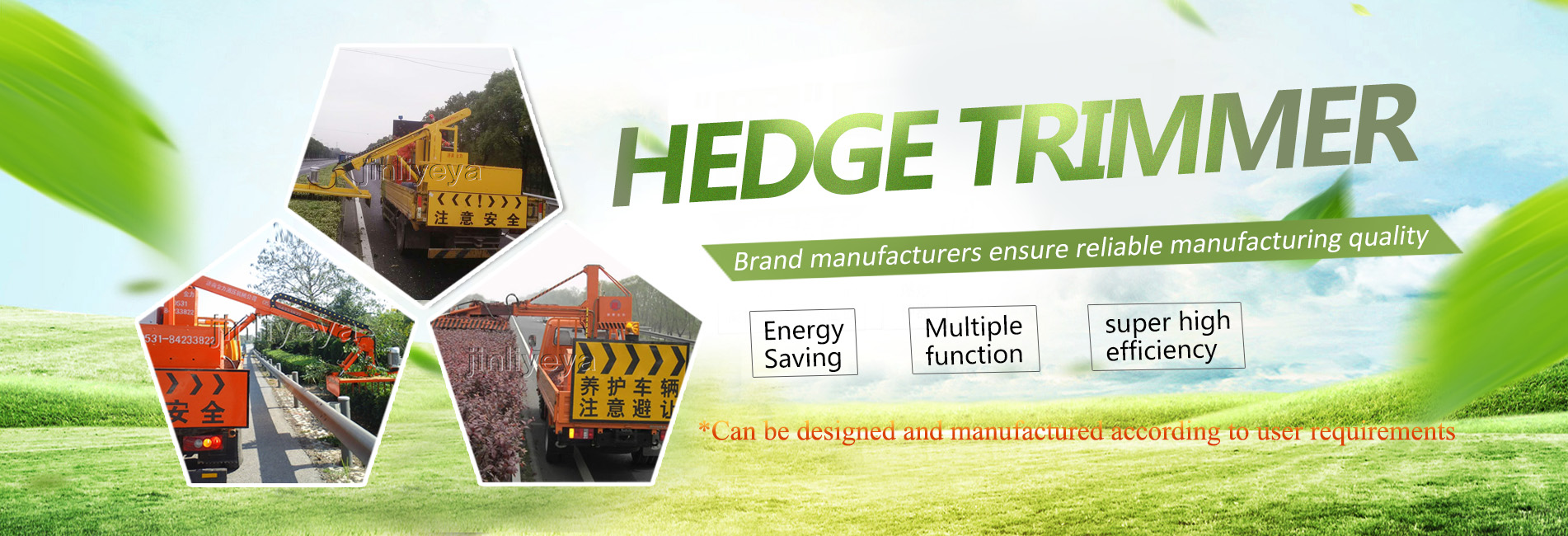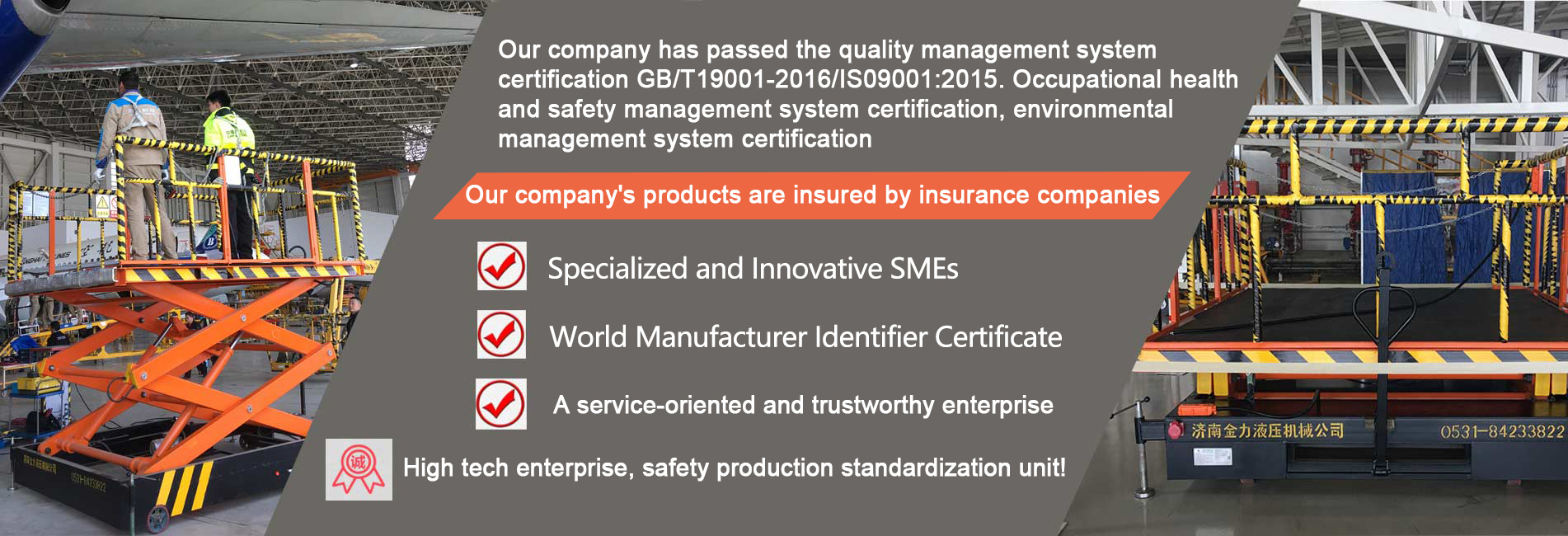According to accurate data analysis, about 70% of the key common faults in hydraulic press systems around the world are caused by environmental pollution. A system usually needs to go through a flushing process before announcing funding investment. The purpose of flushing is to eliminate residual air pollutants, metal shavings, chemical fiber substances, iron cores, etc. in the system. In the first two hours of operation, even if the system is not completely destroyed, it can cause a series of common faults. Therefore, the system fuel pipe should be cleaned according to the following process:
1) Move the scissor lift platform and clean the fuel tank with an easy to dry organic solvent (characteristic: fully transparent, colorless liquid), then use a carefully treated gas to eliminate the organic solvent sediment.
2) Clean all pipelines in the system, and in some cases, pre soak the pipelines and connectors.
3) Installing an oil filter on the pipeline to maintain the valve's oil supply interruption may lead to accidents in the pipeline and working pressure pipeline.
4) Replace high-precision valves such as hydraulic servo valves with a flushing plate on the collector.
5) Inspect whether all pipeline specifications are suitable and whether the connections are appropriate.
Moving the scissor lift platform, people not only need to clean but also have a plan for maintenance: create a system maintenance regulations, and propose the following good maintenance regulations for hydraulic systems:
1) Regularly inspect and replace the oil filter for up to 500 hours or three months.
2) Flush the inlet oil filter of the gasoline pump on time.
3) Inspecting the alkalization of hydraulic oil or environmental pollution caused by other air pollutants, the smell of gear oil can roughly distinguish whether it is moldy.
4) Fix the leaks in the system.
5) Ensure that no foreign particles enter the fuel tank from the ventilation cover of the tank, the plug seat of the oil filter, the sealing gasket of the pump oil pipeline, and other interfaces of the tank. Adhere to the maintenance and upkeep rules and regulations (institution) to ensure that common faults do not occur.
{12}

